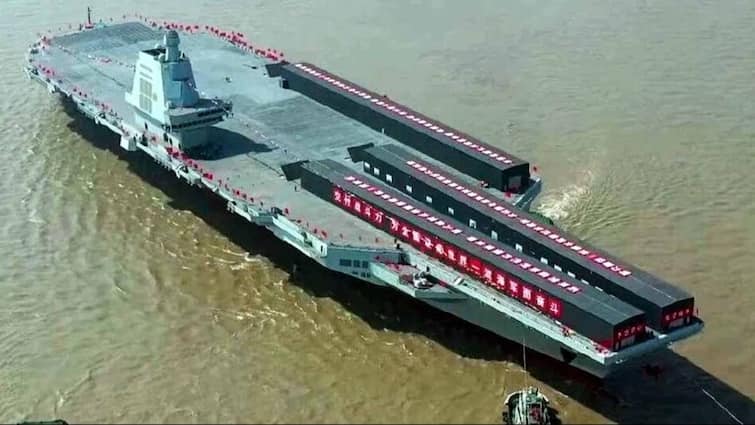China and taiwan: The Chinese army started the second day of military exercise around Taiwan on Wednesday. This exercise was first named a code-‘Strategic Thunder-2025 A’. China says that this practice focuses on Taiwan’s blockade and strengthening the ability to carry out accurate attacks.
The military exercise happened after China’s sharp comments against Taiwan’s President Lai Ching-Tee, in which China called him a “parasite”. In addition, it took place soon after the US Defense Secretary Pete Hegseth’s visit to Asia, where he criticized Beijing several times.
China considers Taiwan its part
China considers Taiwan as its part and the President has been calling Lai Ching-Te ” separatist ‘. However, Lai, who has recently become the President of Taiwan, rejects this claim of Beijing. He says that only the people of Taiwan can decide the future of Taiwan.
According to China’s Eastern Theater Command, this military exercise is taking place in the middle and southern regions of Taiwan. Some islands in Taiwan are very close to China. This exercise is being done to control the area control, joint blockade and exact attacks on major goals. It is paying attention to military operations like identity, warning, expulsion and interception.
‘More than 10 Chinese warships seen’
According to the Reuters report, a senior Taiwan security officer said that more than 10 Chinese warships were seen in Taiwan’s response area. At the same time, China’s coastist force was also involved in this military exercise. China did not give any official name to Tuesday’s practice. Last year, China conducted two major military exercises around Taiwan, named “United Talwar-2024 A” and “United Talwar-2024 B”.
America condemned
The United States, which is Taiwan’s largest international supporter and main weapon supplier, has strongly condemned this military exercise of China. The US State Department said in a statement that China’s aggressive military activities and rhetoric towards Taiwan only increase stress and endangered regional security and global stability.

